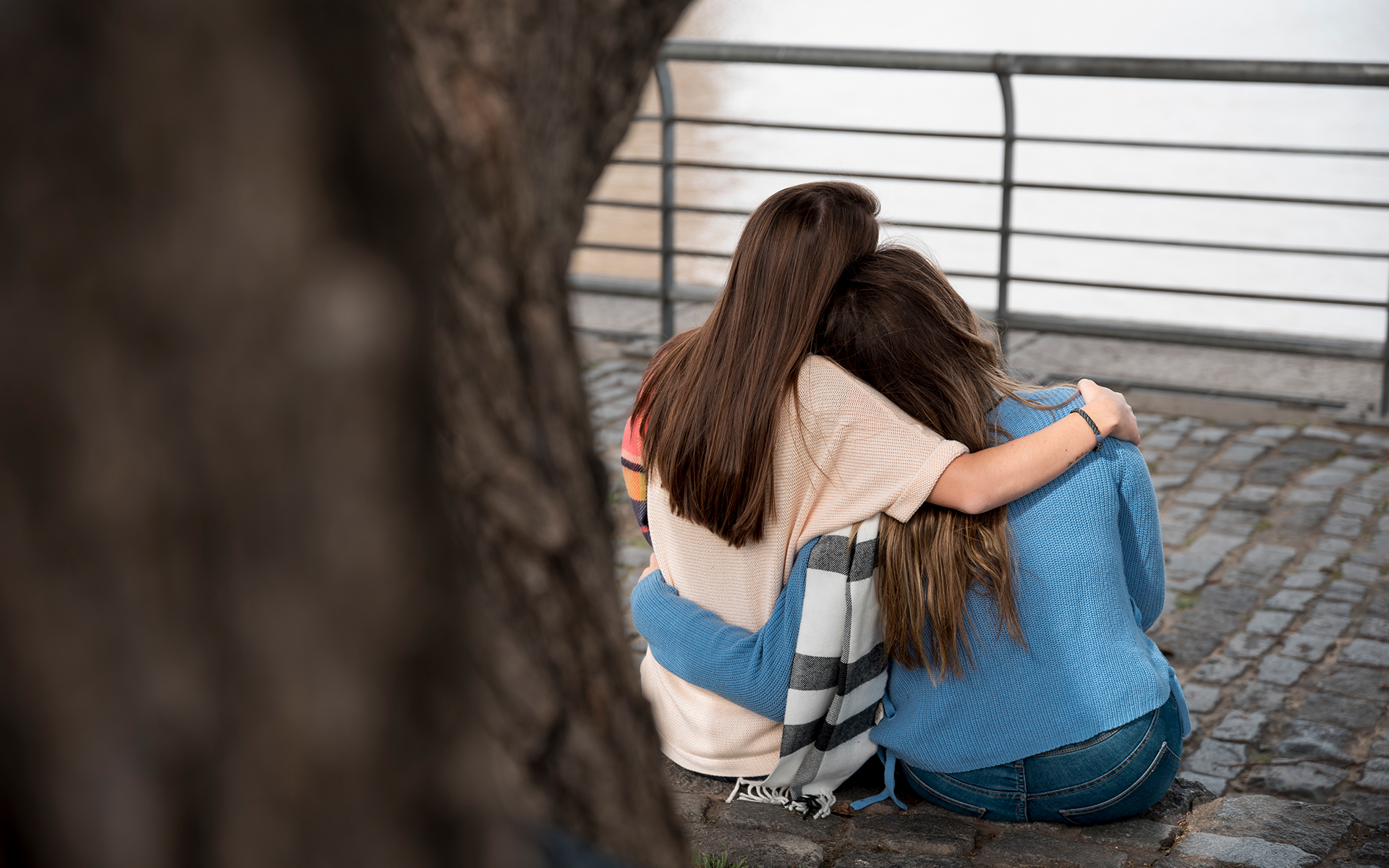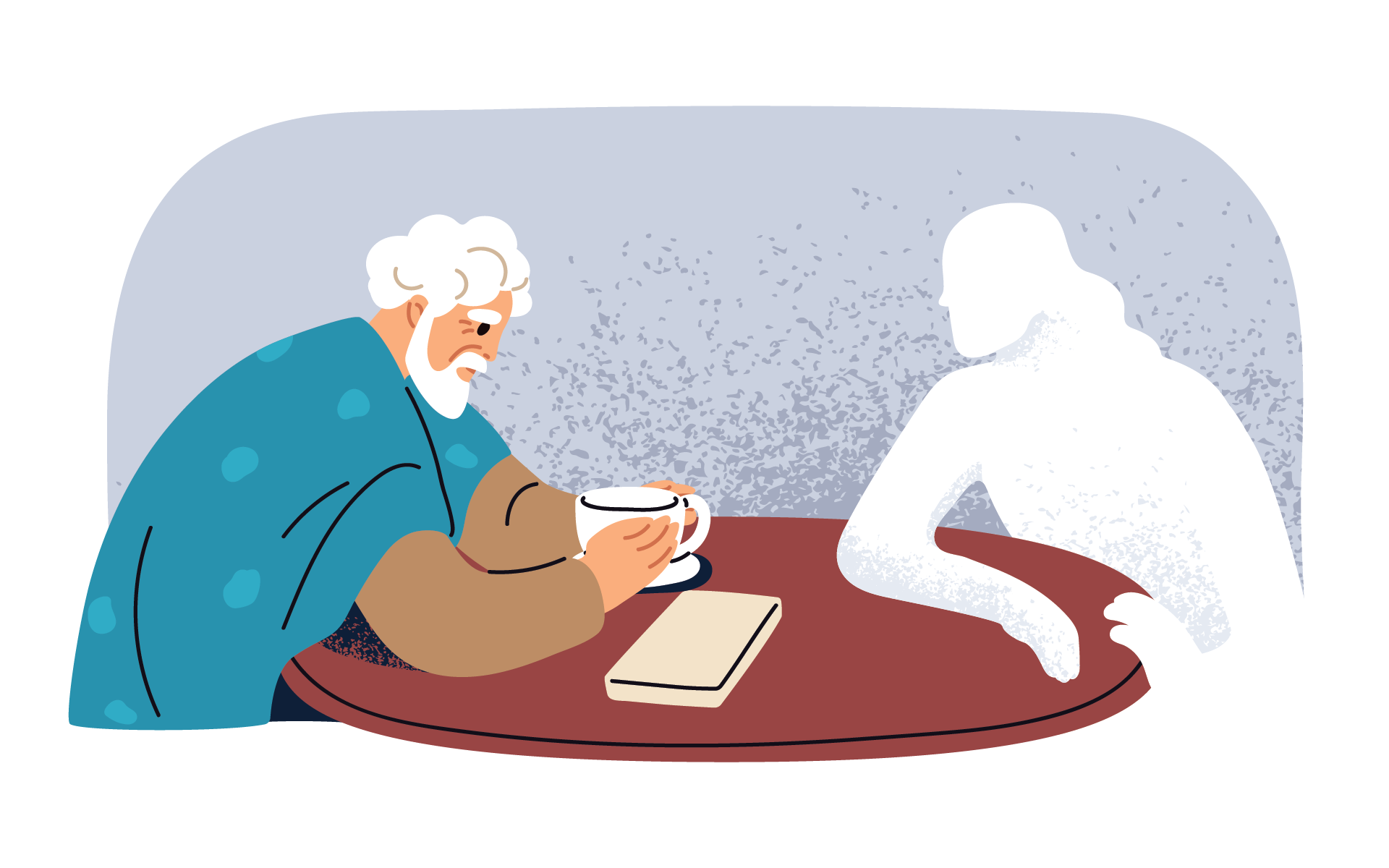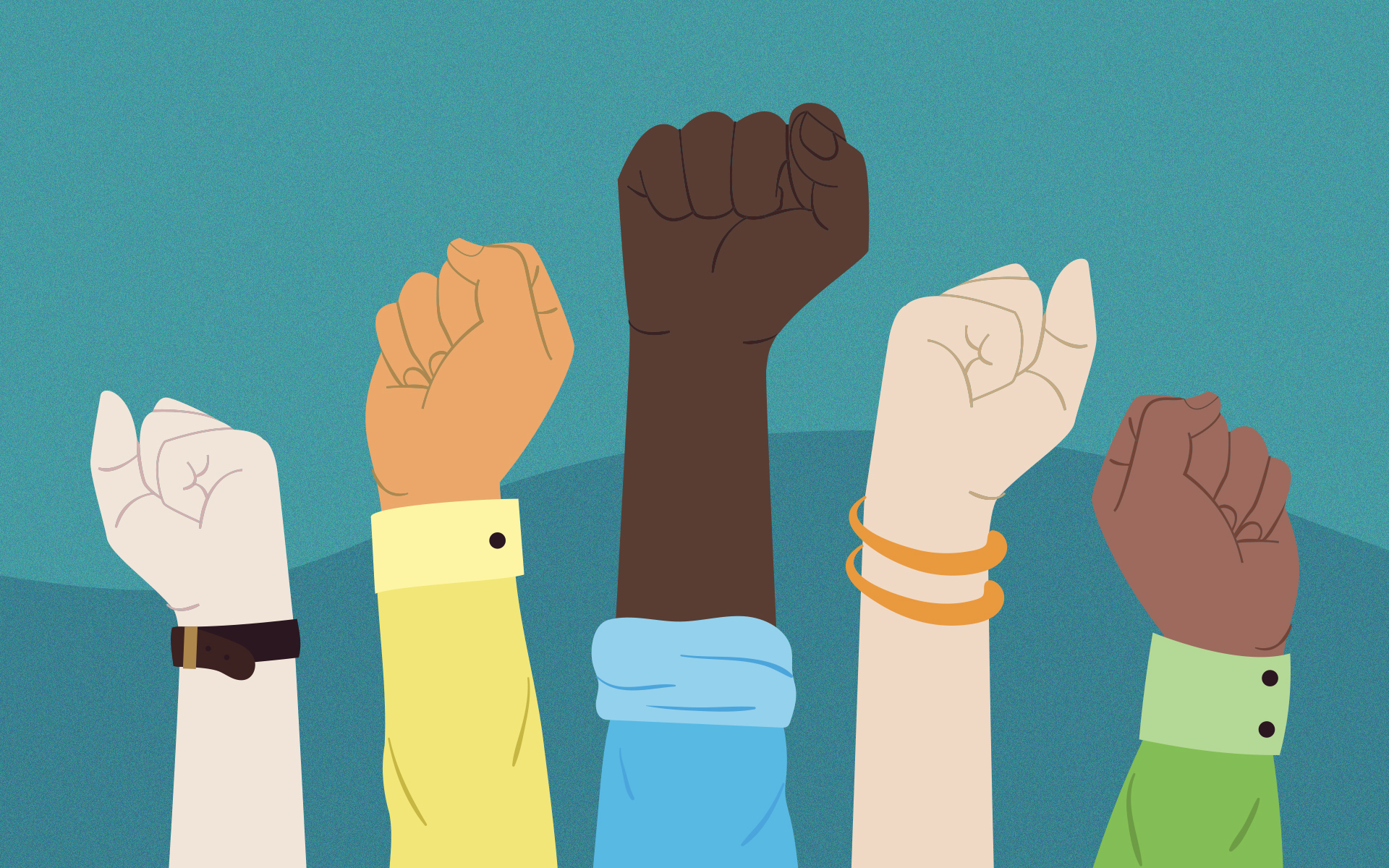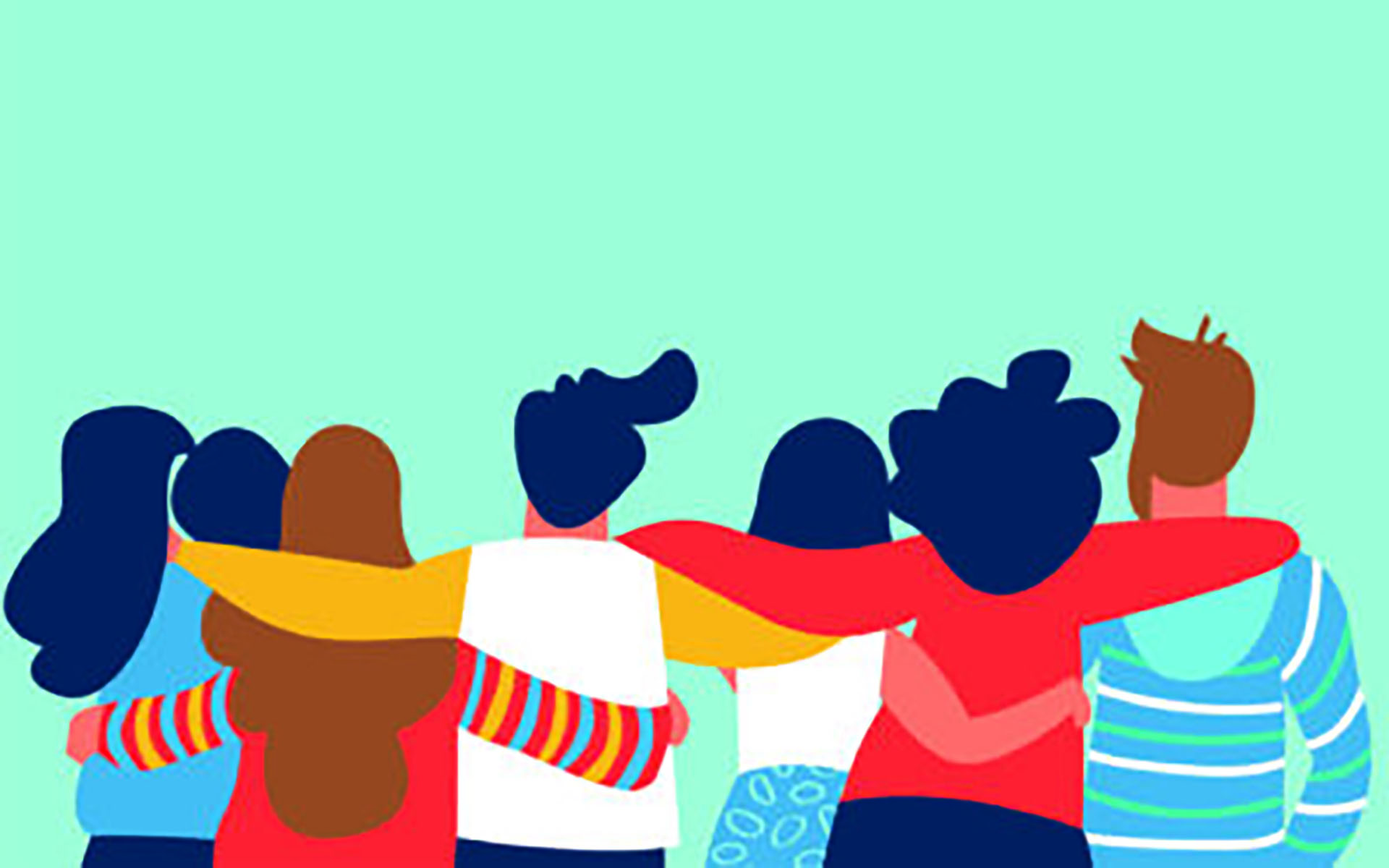The early ’60s, when I was very young, was a time of tremendous hope for many. The president of the United States was young and seemingly vigorous; in his inaugural address he uttered a couplet that would be repeated for years: “Ask not what your country can do for you—ask what you can do for your country.” The new Pope, John XXIII, son of a sharecropper, made humbleness and equality his watchwords and sought to upend a church noted more for self-regard than charity, proclaiming, “We were all made in God’s image, and thus, we are all Godly alike.” Martin Luther King, Jr., delivered his rousing “I Have a Dream” speech during the March on Washington for Jobs and Freedom to a quarter-million people crowded onto the National Mall. For a while, young people, particularly young Irish Catholics like me, were fed a steady diet of hope: Good people were doing good things.
Learning that people have behaved in profoundly disappointing and dispiriting ways is an outward-looking form of disillusionment. Just the same, one can easily become dismayed when the lens turns inward.
Mass disillusionment followed. The president assassinated, the pope dead too early, the Vietnam War taking center stage. I remember the pervasive atmosphere of disappointment, of hopes dashed. It was my first taste of disillusionment. It would not be my last. I’ve been reading a lot about that period lately, and the up-close look at what was really going on has re-disillusioned me, if you can say that. The Camelot myth of the Kennedy era was, of course, just that. Nefarious dealings in Vietnam—propping up a corrupt regime and then looking the other way as a coup and assassination plot unfolded—easily shatter the myth of benevolence and peace. The vibrant new pope trying to reform an ossified institution was fighting a losing battle, and many children were hurt when reform never happened. In what would turn out to be his final book, Martin Luther King came to have wistful regret about
his “dream.” In many ways, it was turning into a nightmare, he said, and White America was living “a fantasy of self-deception and comfortable vanity.” Not long after, an assassin’s bullet cut him down.
Learning that people have behaved in profoundly disappointing and dispiriting ways is an outward-looking form of disillusionment. Just the same, one can easily become dismayed when the lens turns inward. I look upon so many things I did and believed in as if I’m looking at someone else, asking, How could they do that? How could they see things that way? That can’t be me. How could I have overlooked others’ pain, when it was right in front of me, so focused on my own screenplay of how great things are?
Having our illusions stripped away is a gritty emotional experience. And yet…
Nothing to Lose But Our Illusions
Disillusion is ultimately a good thing. How could the removal of an illusion be anything but? We’re human. We use narratives that spin illusory stories to make life bearable, to get up in the morning, to live a noble lie. But they cannot last. They are flimsy dwellings, and they will fall apart, and as Pema Chödrön and many other teachers suggest, that’s good news.
When our main illusions—believing we know more than we do, that things will not change, and that what we want is what we will get—turn out to not be true, the first response may be disappointment and denial, but if we let it, the bracing fresh air of reality can help us embrace the power and joy that come from getting real.
We are afraid if we drop our illusions, we will not survive. But when we do drop our illusions, and we look around for a moment, we will realize we already have survived—this time in the real world. We might also realize that we can appreciate people, including ourselves, without having to make up a myth about them. We don’t appreciate them for the bad things they do or have done. We hold them to account. Yet we appreciate them for the possibility they have within—and that we have within—to be real. That’s a more durable kind of hope.
READ MORE
It’s Comin’ Around Again
Deathiversaries, birthdays, holidays and other notable dates can feel like menacing beasts, waiting to jump out of the bushes and snatch away any hope of well-being. How can you face those terribly-timed memories that remind you of what once was?
Read More
Mindfulness for Grief and Loss
Grief is different for everyone, and it can change over time. Mindfulness can support us in healing and self-discovery after loss and change.
Read More
Uncovering Your Racial Bias: Mindfulness Practices for Growth and Healing
Mindfulness can help us become aware of the lens through which we see the people around us, giving us more insight into our bias and the opportunity to choose how we act.
Read More








